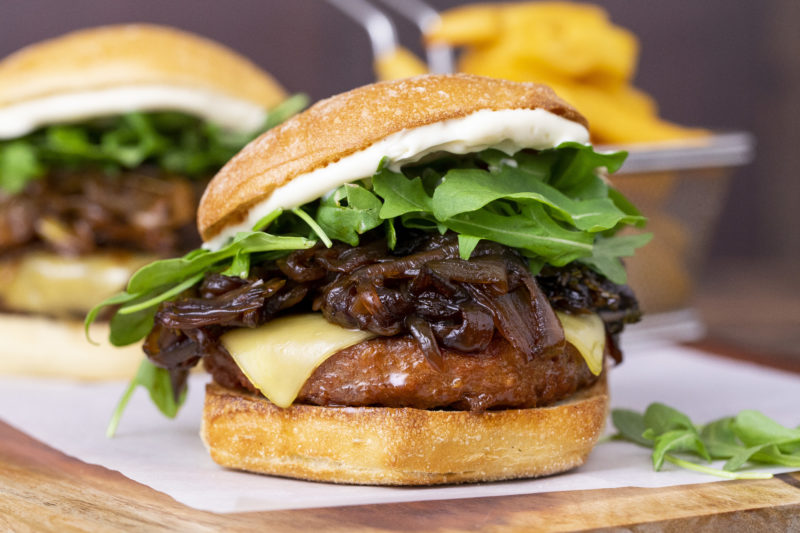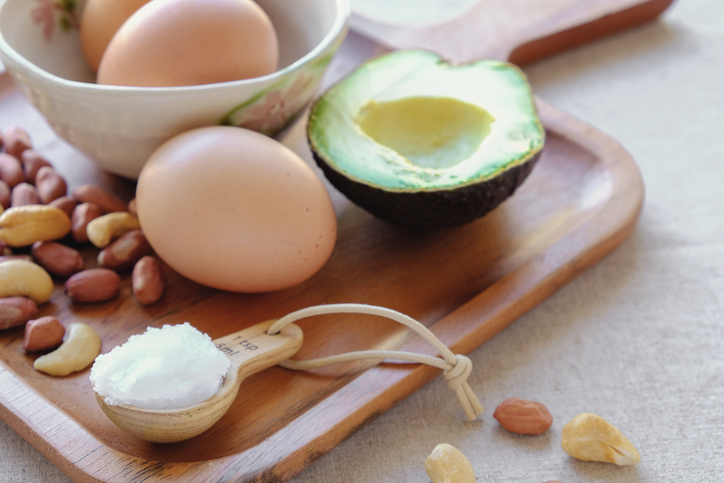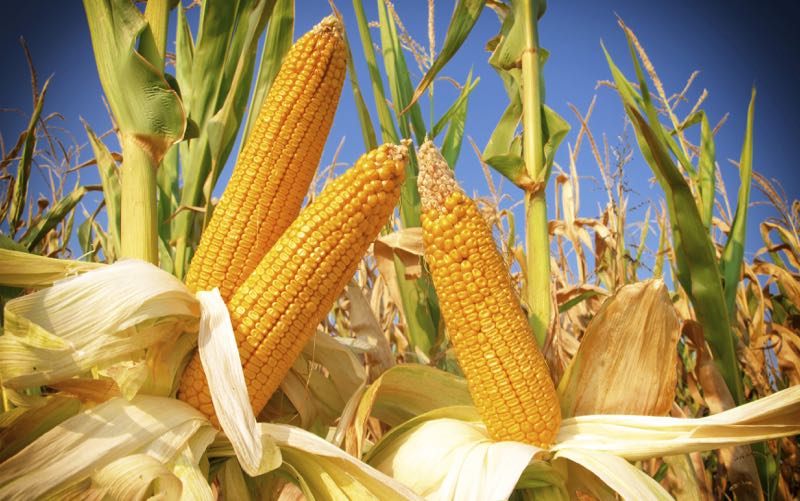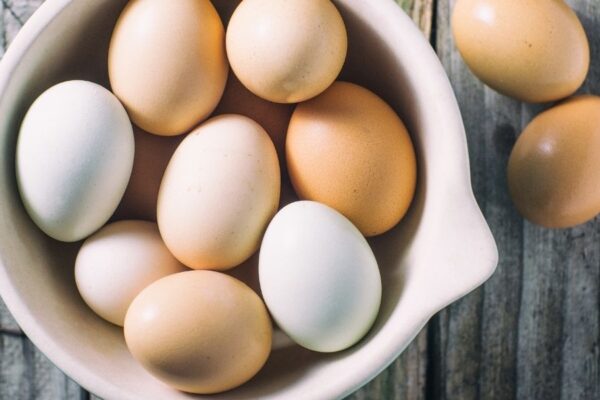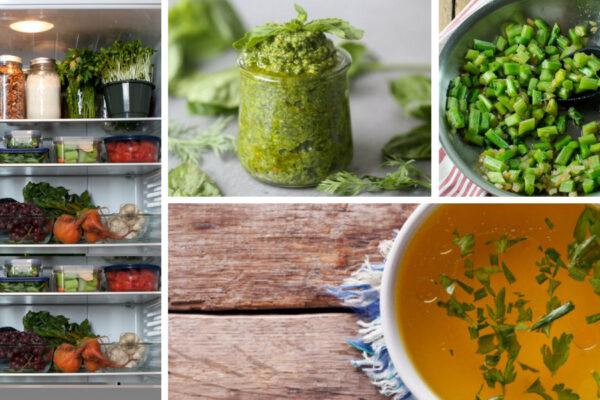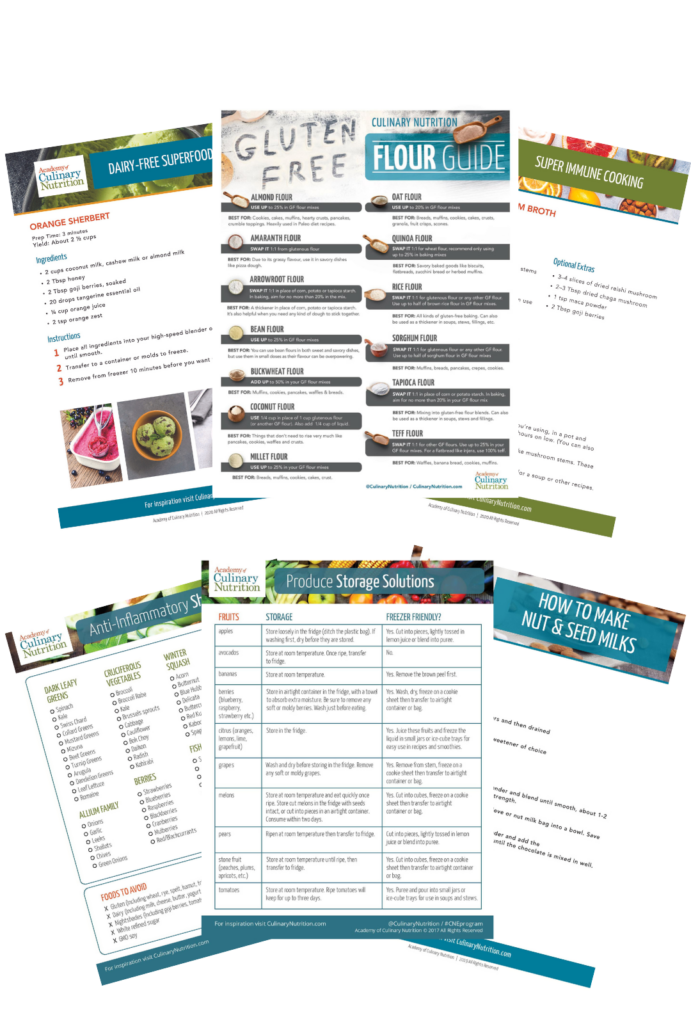Healthiest Budget-Friendly Foods: Get The Most Bang For Your Buck And Bite

Healthy eating doesn’t have to be pricey. While there are some ingredients that are outrageously expensive, those are often concentrated powders, fancy superfoods, or niche items for special diets such as Paleo or keto. However, when you seek out basic whole ingredients, there are many budget-friendly foods that will give you bang for your buck and bite. These are our favourite healthiest budget-friendly foods, which you can use to make a variety of low-cost meals and snacks. They are lower in cost but provide you with a multitude of nutritional benefits to support good health and resilience.
Food Insecurity and Budget-Friendly Foods
Food insecurity is on the rise. The recent global circumstances have exposed many truths about food insecurity and food accessibility that have existed for decades, and have only worsened in recent months. The ability to choose budget-friendly whole foods such as fruits, vegetables, and beans is a privilege and one that is not available to many people around the world. There are vast populations who not only cannot afford basic staples but don’t even have access to them based on where they live. For more about this, we have a detailed post about food insecurity and the people who are making a difference.
Healthiest Budget-Friendly Foods
Onions and Garlic
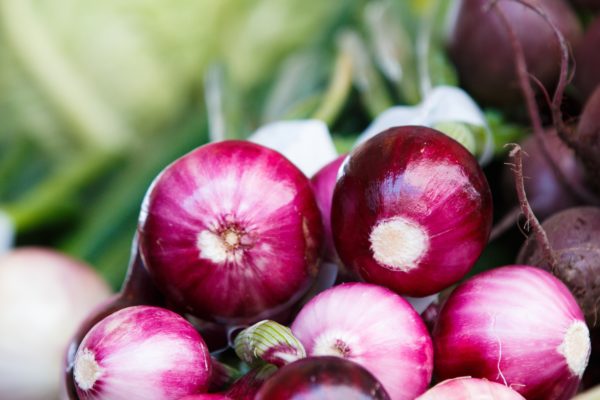
These aromatic, sulfur-containing vegetables are rich in anti-inflammatory, anti-viral, anti-bacterial, and anti-fungal properties that help us reduce pain, boost immunity, support heart health, and detoxify our bodies. Onions and garlic are the base of many nutritious recipes and can even be used to make tinctures and home remedies like fire cider.
Get your FREE Produce Storage Guide plus 35 more free resource guides!
Fill out the form below for instant access.
Free Resource Library
Enjoy more than 40 downloadable guides, recipes, and resources.
Pulses
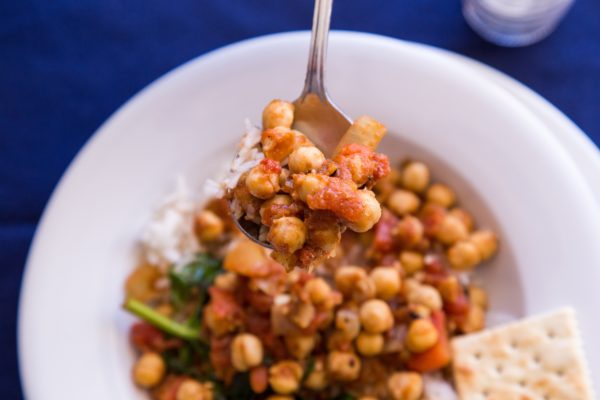
These are dried beans such as black beans, kidney beans, lentils, chickpeas, pinto beans, navy beans, lima beans, and more. Pulses are cheap, can easily be found in bulk, are filling, and are rich in nutrients such as protein, fibre, iron, and even antioxidants. We prefer to buy dried beans for cooking because they are less expensive than canned varieties and don’t contain bisphenol A (BPA), a chemical that can interfere with our hormones. Also, when you purchase dried beans there are cooking methods you can employ to make them more digestible (which means less tooting – yay!).
Beans are a cost-saving vegetarian or vegan replacement for meat in recipes such as chili, pasta, burgers, shepherd’s pie, or veggie meatloaf. They can even be used in some creative ways like in smoothies or baked goods!
Millet
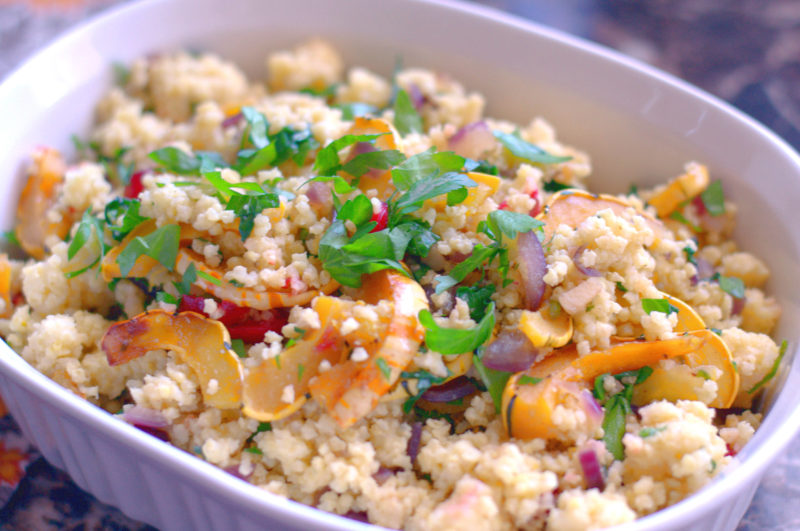
It’s not just bird food anymore! Like other gluten-free grains, millet is a good source of B vitamins and fibre, plus it contains a payload of antioxidants and magnesium for muscle and nerve health.
Millet has a mild flavour that works well in casseroles, salads, pilafs, or baked goods, and makes a good base for recipe-free dinner bowls. Learn how to cook the perfect pot of millet here.
Seeds: Sunflower, Sesame, and Pumpkin
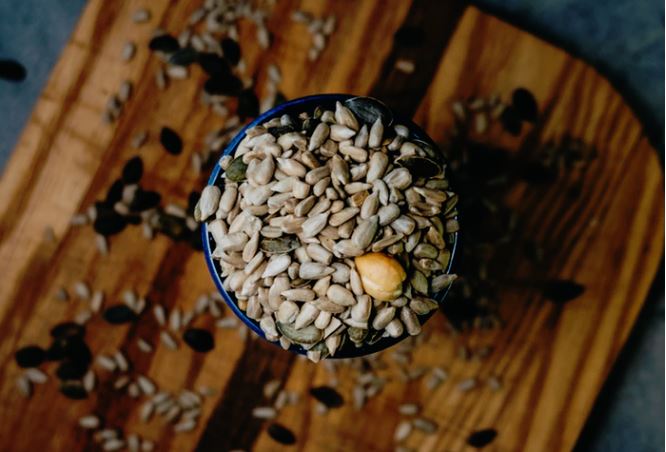
Seeds are an inexpensive alternative compared to nuts and are high in protein and fibre, and they’re a great option for those with nut allergies – you can easily swap seeds or seed butter for nuts.
Sunflower seeds are a good source of Vitamin E, Vitamin B6 and magnesium, which can help boost mood, reduce acid reflux, and balance hormones.
Sesame seeds contain a number of minerals that are important for bone health such as calcium, magnesium and zinc, plus they are high in energy-boosting iron. When ground into a paste, you’ll end up with one of our favourite seed butters – tahini, which is perfect in sauces, smoothies and hummus/dips.
Pumpkin seeds are beneficial for libido and a better night’s sleep – and if you scoop out the seeds from your pumpkins or winter squashes you’re all set!
Carrots
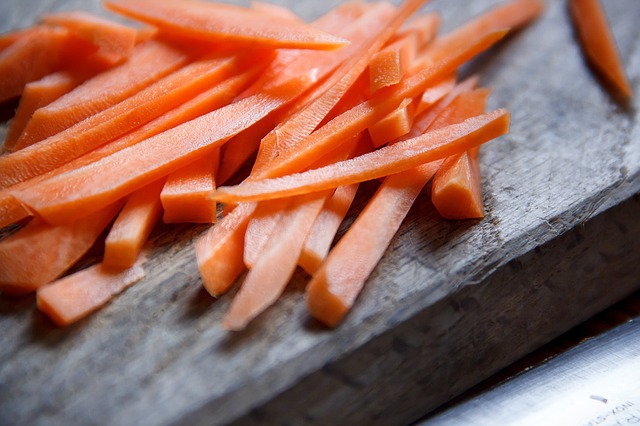
Carrots contain a collection of beneficial nutrients such as fibre, the antioxidant Vitamin C, B vitamins for energy and supporting stress, as well as carotenoids our bodies transform to Vitamin A for immunity, vision, cell growth, and combatting inflammation. They are sweet, delicious, and versatile – carrots work in most contexts, from energy bites to smoothies to condiments to soups. Don’t forget you can pickle them, and use the tops to make pesto.
Apples
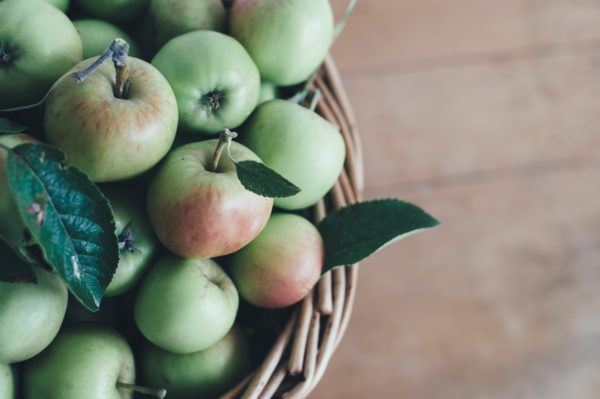
Apples are easy to find in most grocery stores at a decent price and are rich in antioxidants, fibre for good digestion and blood sugar balance, and compounds that benefit our hearts. Apples are a wonderful kitchen staple to eat on their own, with breakfast foods like oatmeal, to make into snacks like apple chips or fruit leather, or used for baked goods or side dishes.
Apples are very cost-effective when purchased in bulk, and if you have extras, they can be cooked down into applesauce and then frozen for baking or snacks.
Greens (not in clamshell packaging!)
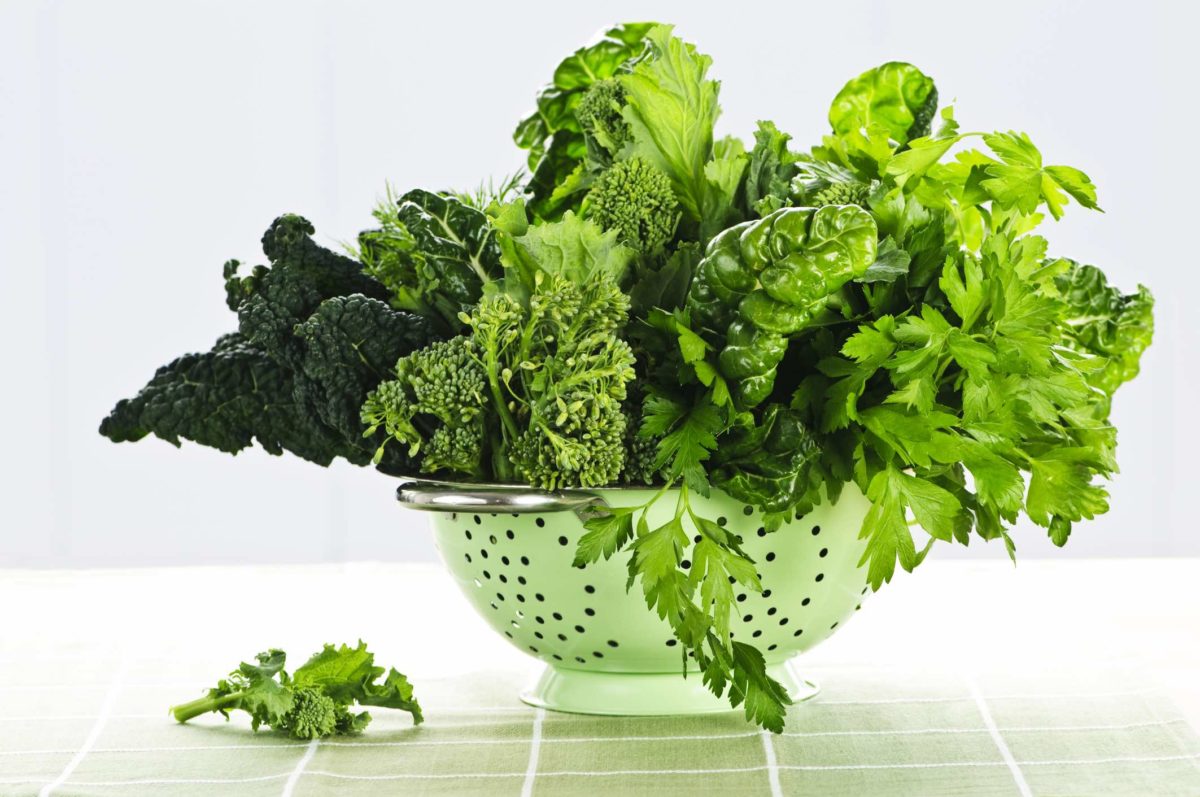
Dark leafy greens contain a massive amount of nutrients including antioxidants, healthy fats, fibre, anti-cancer compounds, amino acids, anti-inflammatory phytochemicals, blood-building minerals, and an array of vitamins and minerals. You can read all about dark leafy greens and how to use them here. Purchasing greens in clamshells are typically expensive, not to mention the amount of plastic waste they create. Opt for bunches of greens in the produce section and learn how to store them properly so they last.
Eggs
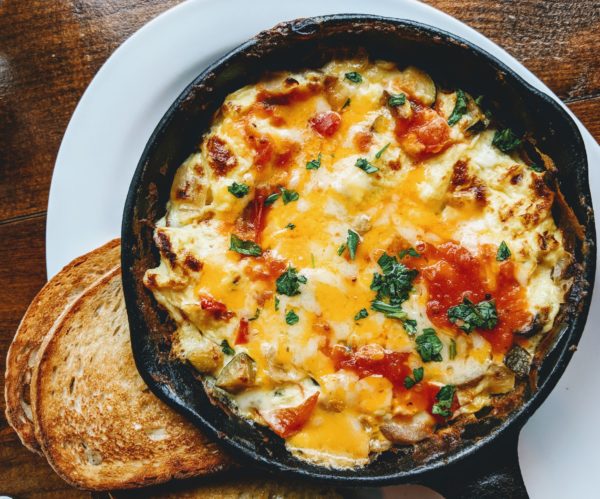
Eggs are flush with nutrients like anti-inflammatory omega-3 fats, Vitamin D, protein, and B vitamins, particularly one called choline that supports the nervous system, improves mood, and helps produce neurotransmitters. They are optimal to include in your diet if you’re looking to boost your mood, reduce stress, or sleep better.
Eggs are easy to cook with and can be eaten on their own as a snack or as part of a larger meal, and they are very satisfying.
Whole Chicken
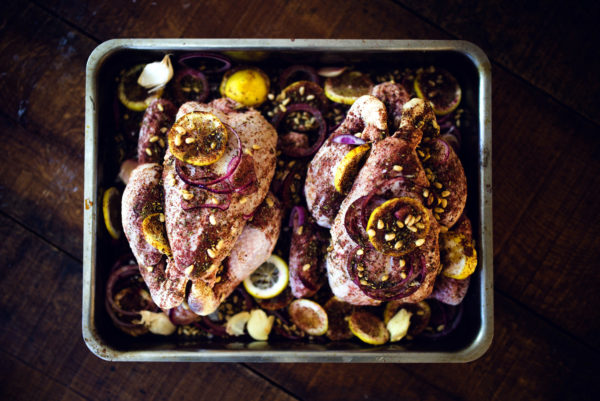
Animal products can be expensive, especially if you are buying high-quality meats that are organic, grass-fed, and hormone-free. However, chicken can be more cost-effective if you buy a whole chicken rather than choosing pricier cuts like chicken breast. You can break a whole chicken down into pieces yourself, or if you aren’t interested in that, it’s simple to roast a whole chicken – there’s a lot you can do with leftovers, and then you can toss the carcass into a pot, slow cooker or pressure cooker to make a nourishing bone broth.
Oats
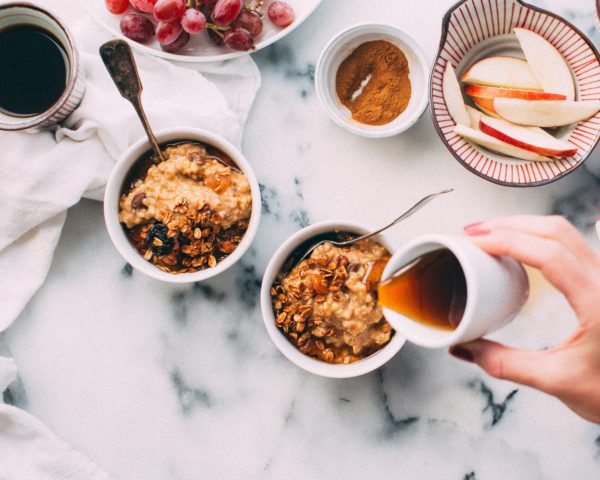
Oats are known for their ability to help with digestion, weight loss, blood sugar control, and cardiovascular health, and they are easy to cook. You’re probably accustomed to using them to make oatmeal, overnight oats, or granola, but you can also make them savory or grind into a flour for gluten-free baking.
They are widely available in bulk and are one of our pantry go-tos.
Cabbage
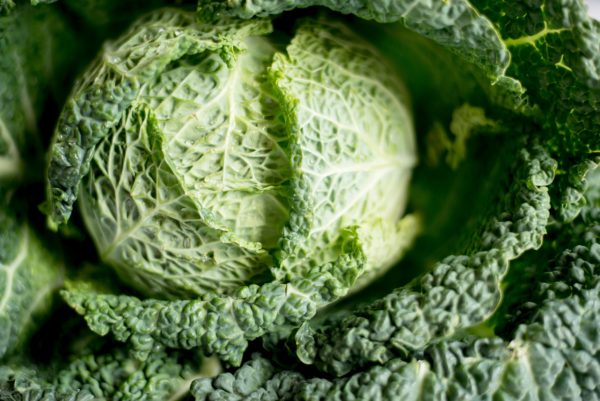
Cabbages are cheap and because they are typically large, you can get a lot of use out of one head. They also store well in the fridge, so you don’t have to worry about cooking with it right away. Aside from the economic benefits, cabbages have anti-inflammatory nutrients and contain glucosinolates, which are sulfur compounds that help to neutralize and eliminate carcinogens.
Cabbage works well in soups and stews, you can roast it into cabbage ‘steaks’, or make sauerkraut.
Sprouts
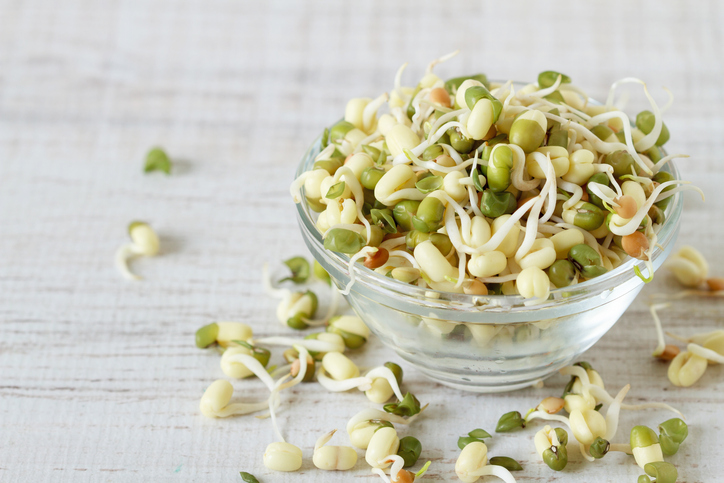
Sprouts are incredibly nutrient-dense, aiding digestion and better nutrient absorption. They are a rich source of antioxidants, making them great for the immune system, and inhibit cancer in the breast, prostate, and bladder. Sprouts are incredibly simple and inexpensive to make at home – you can learn how in this guide to sprouting. And, if you enjoy the sprouting process, you may like to save more money and try growing other easy foods indoors.
Flaxseeds
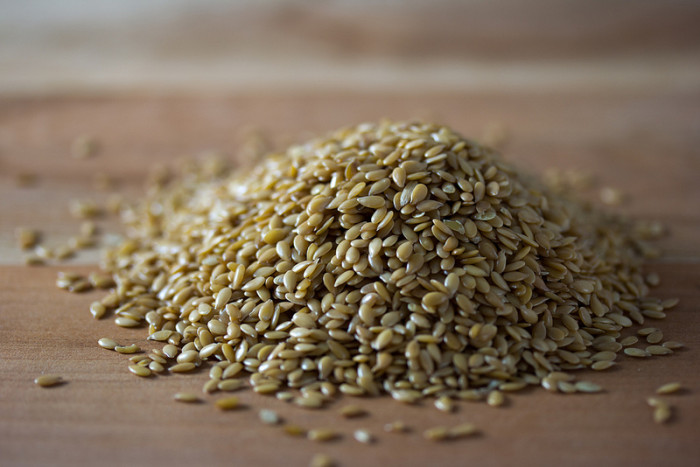
Though small, flaxseeds have a lot to offer including a boost of fibre, anti-inflammatory omega-3s, and special compounds called lignans that reduce our cancer risk. Flax is good for digestion, hormone balance, detoxification, and cardiovascular health. Plus, they make a great egg replacer in gluten-free and Paleo baking. When bought in bulk and stored properly, flax is inexpensive and can last awhile.
More Ways to Save on Healthy Budget-Friendly foods
These tips can help promote your health and your savings!
Cook from scratch. Packaged foods, snacks, restaurant meals, and takeout are more expensive than cooking at home. Stock your pantry and freezer so you’ll be able to draw upon when you’re wondering what’s for dinner.
Meal prep and meal plan. You can have a fridge full of healthy budget-friendly foods and still waste money if you don’t have a plan for using them. Decide on your meals for the week and prep your ingredients so you’re less likely to resort to store-bought convenience items. Grab these 5 essential meal prepping tips to help you get started.
Batch cook. This saves you energy and money, as you’re more likely to eat what you cook because it’s right there in your fridge or freezer. It takes some time and investment upfront, but in the long term, it saves you both time and money. Get your free guide to healthy batch cooking here.
Buy in bulk. If you have the storage space, purchasing foods in bulk can save you cash. Dried goods like beans, grains, and herbs are good bulk options because they last longer, and nuts and seeds are often much less expensive when you buy in large quantities. Remember, it’s not a good deal if you don’t have a plan to use what you buy or if it’s an ingredient that will spoil quickly before you can cook with it.
Store food properly. There is an art to storing fresh produce in your fridge so it lasts. Say goodbye to wilted herbs!
Try growing your own food. The cost of seeds is generally low and with a little practice, you can grow a number of fresh fruits and vegetables to save on trips to the grocery store. Whether you have a windowsill, a balcony, a yard, or access to a community garden, there are ways to grow food. These Instagram gardeners offer a wealth of resources and wisdom.
Reduce food waste and explore zero waste recipes. Canadian households toss out about $1,500 worth of food a year, while Americans waste about $2,000 worth annually. Read up on these 22 ways to reduce food waste and discover some fantastic zero-waste recipes that offer ways to use ingredients you’ve never thought about!
By integrating these budget-friendly foods into your diet, you can eat tasty and affordable food while supporting your overall health. And that is priceless.
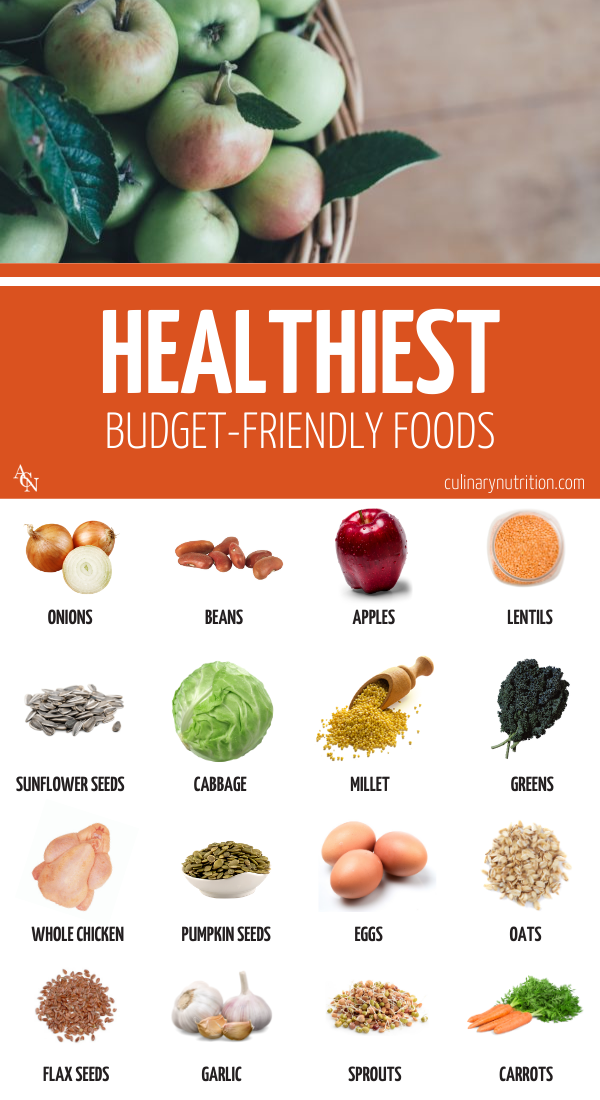
Header Image: iStock Baloncici
Free Resource Library
Enjoy more than 40 downloadable guides, recipes, and resources.

















